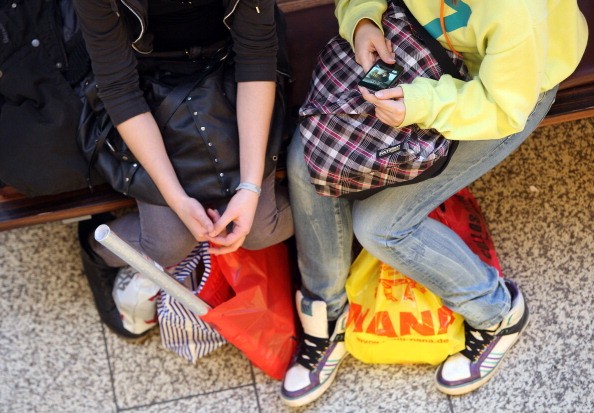
Teens may not have an accurate idea of what their fellow teens are up to. They misunderstand and misperceive who is doing what, which may make them want to conform to stereotypical behaviors that are not real.
Teens overestimate the amount of drug use, alcohol use, and sexual behavior that other teens engage in. They underestimate the amount of time that fellow teens are studying or exercising.
Misperceiving the behaviors of other teens may lead teens to try to imitate those behaviors, to conform to the stereotype that they see but not to the reality.
These findings are from two studies conducted at the University of North Carolina at Chapel Hill, Stanford University in California, and Tilburg University in the Netherlands. One study looked at what 235 teens said they did in terms of deviant behavior (vandalism or theft), health risks (substance use or sexual risk), and exercise and studying. The teens were also asked about their perceptions of the behaviors of "jocks," "populars," "burnouts," and "brains." Jocks and populars were judged to be of higher status than brains and burnouts.
Jocks were thought to be binging on alcohol more and having more sex than jocks actually reported. Burnouts smoked relatively more marijuana than other groups, but not nearly as much as what their peers thought they did. Burnouts were also wrongly presumed to shoplift and damage property more frequently and to study less than they really did. Brains only studied half as much as other said they did. Even teens in the high-status groups had exaggerated perceptions of their own group peers' risky behaviors.
Results indicated that perceptions of other groups were really caricatures of these groups. For many behaviors, there were no differences between that the populars or jocks were doing and the actual reported behaviors of others.
In the second study, the researchers evaluated the substance use of 166 teens and their perceptions of substance use by popular teens. The misperceptions predicted adolescents' own risk behaviors. They found that teens who thought popular teens were using cigarettes, alcohol, and drugs in Grade 9 went on to be more likely to use substances themselves from Grade 9 to 11.
Results from both studies show that teens misperceive the risk behaviors of the teens they see as having a high status.



